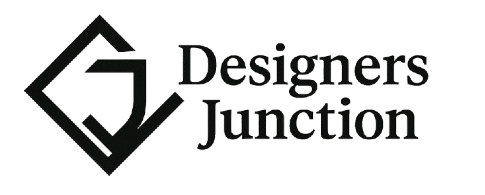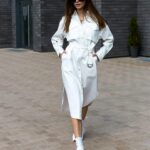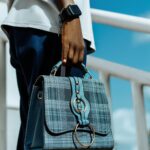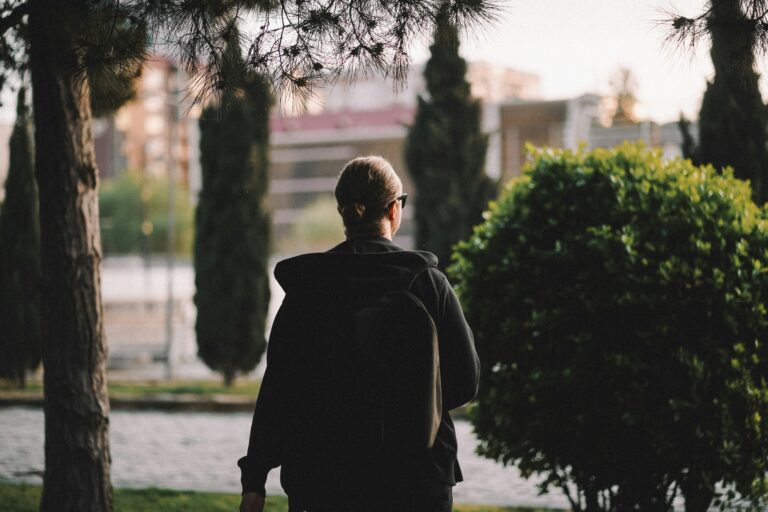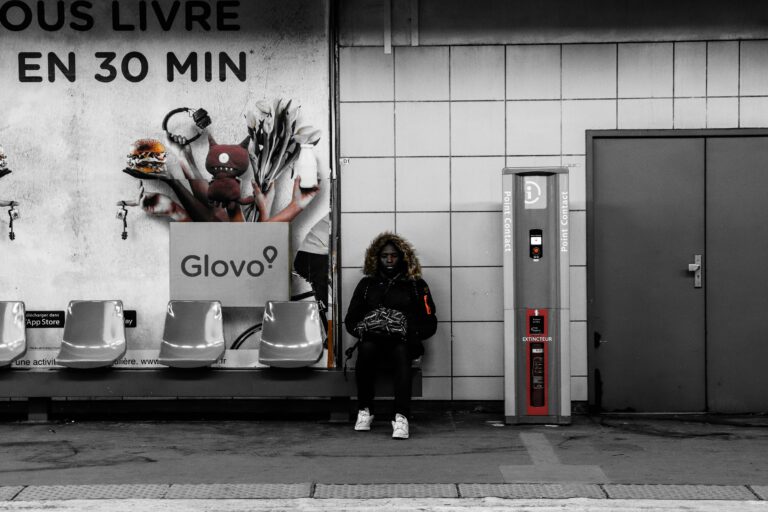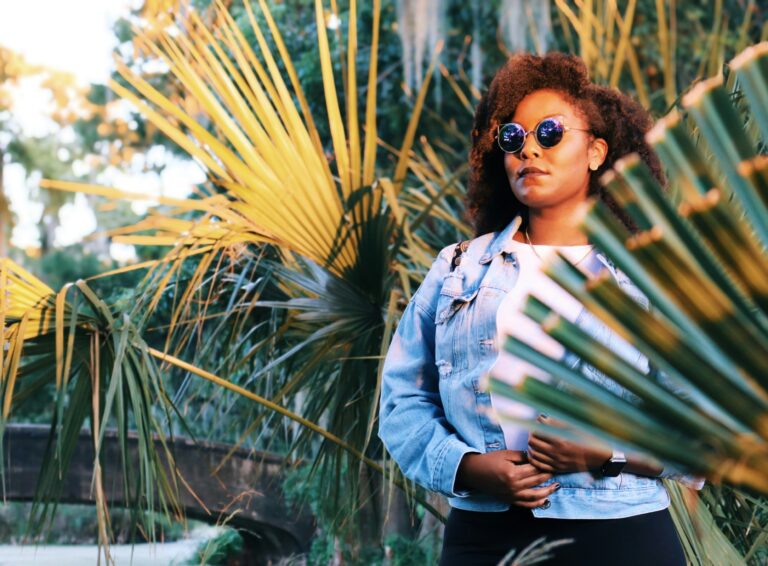Dive into the rich history of fashion design—from ancient trends to modern icons. Explore how fashion evolved, who shaped it, and where careers in fashion design are heading.
Fashion Design History: Evolution, Icons, Trends & Careers
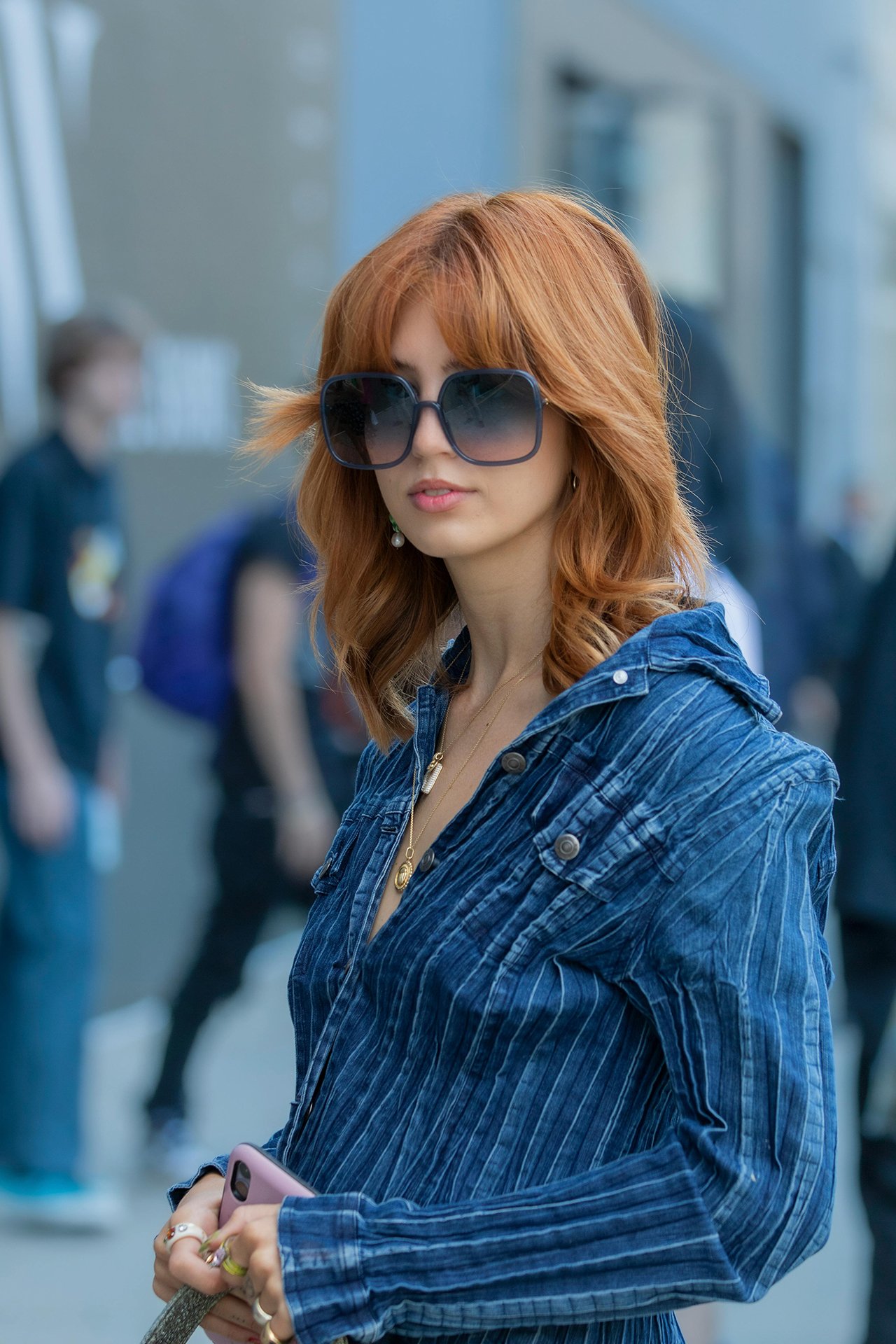
Fashion is more than just clothes — it’s a cultural chronicle. From ancient attire to today’s cutting-edge couture, fashion has evolved dramatically, shaped by politics, innovation, social movements, and art. This guide explores the timeline of fashion through the decades, from iconic runway looks to fast fashion’s rise, freelance design jobs, and the education paths to becoming a fashion designer.
Contents
- 0.1 Fashion Through the Decades: A Timeline
- 0.1.1 1920s–1930s: The Birth of Modern Style
- 0.1.2 1940s–1950s: War-Time Utility to Dior’s New Look
- 0.1.3 1960s–1970s: Counterculture and Bohemian Chic
- 0.1.4 1980s–1990s: Power Dressing to Minimalism
- 0.1.5 2000s–2010s: The Digital Revolution and Fast Fashion
- 0.1.6 2020s and Beyond: Sustainability and Digital Couture
- 0.2 Evolution of Fashion Trends Over Time
- 1 Fashion Week Icons: Best Runway Moments & Recent Designers
- 2 Freelance Fashion Designer Jobs & Career Paths
- 3 Fashion Designer Salary: How Much Do Designers Make?
- 4 Fashion Designer Education: Top Schools in New York
- 5 How to Design Clothes Digitally
- 6 High-End Casual Wear & Streetwear Fashion
- 7 Italian Luxury Brands vs. American Fashion Houses
- 8 Los Angeles Designer Stores: Where Fashion Meets Street
- 9 Luxury Retail Jobs and Fashion Designer Employment Opportunities
Fashion Through the Decades: A Timeline
1920s–1930s: The Birth of Modern Style
- Key Designers: Coco Chanel, Elsa Schiaparelli
- Trends: Flapper dresses, cloche hats, art deco patterns
- Cultural Context: Women’s liberation, jazz era, post-war independence
1940s–1950s: War-Time Utility to Dior’s New Look
- Key Designers: Christian Dior, Hubert de Givenchy
- Trends: Shoulder pads, peplum waists, cinched silhouettes
- Fashion Milestone: Dior’s “New Look” (1947) emphasized femininity post-WWII
1960s–1970s: Counterculture and Bohemian Chic
- Key Designers: Mary Quant, Yves Saint Laurent
- Trends: Miniskirts, mod prints, bell bottoms, psychedelic colors
- Cultural Movements: Youth rebellion, civil rights, sexual revolution
1980s–1990s: Power Dressing to Minimalism
- Key Designers: Gianni Versace, Calvin Klein, Ralph Lauren
- Trends: Shoulder pads, neon, grunge, supermodel culture
- Influences: MTV, global capitalism, celebrity culture
2000s–2010s: The Digital Revolution and Fast Fashion
- Key Designers: Alexander McQueen, Tom Ford, Stella McCartney
- Trends: Low-rise jeans, logos, eco-conscious clothing, athleisure
- Key Events: Rise of fast fashion giants, online retail, Instagram influencers
2020s and Beyond: Sustainability and Digital Couture
- Key Designers: Marine Serre, Iris van Herpen, Telfar
- Trends: Digital fashion, genderless clothing, circular fashion models
- Technology Impact: 3D design, AR/VR fashion shows, blockchain authenticity
Evolution of Fashion Trends Over Time
Fashion evolves in response to technology, economy, and cultural shifts. The following summarizes how trends have changed:
- Materials: From silk and wool to synthetic blends and recycled fibers
- Production: Hand-stitched to mass-manufacturing to digital and AI-assisted design
- Shopping Behaviors: Department stores → malls → e-commerce → social commerce
- Sustainability Trends: Rise in slow fashion, upcycled fashion, rental clothing
Fashion Week Icons: Best Runway Moments & Recent Designers
Iconic Fashion Week Outfits
- Naomi Campbell in Versace (1991) – Power and glamour redefined
- Bella Hadid in Coperni’s spray-on dress (2022) – Futuristic fashion innovation
- Lady Gaga in Brandon Maxwell (2016 NYFW) – Theatrical avant-garde
- Rihanna’s Paris Fashion Week Looks – Streetwear meets high fashion
Trending Designers Making Waves:
- Telfar Clemens (Telfar) – Unisex, accessible luxury
- Thebe Magugu – Political storytelling in fashion
- Harris Reed – Gender-fluid, theatrical garments
- Matty Bovan – DIY aesthetic meets futuristic flair
Fashion Week Photo Gallery:
Include captioned images of Paris, Milan, New York, and London Fashion Weeks showcasing diverse model representation, bold silhouettes, and fashion’s interplay with tech.
Freelance Fashion Designer Jobs & Career Paths
Freelancing in fashion allows for independence, creativity, and global reach.
Types of Freelance Roles:
- Freelance Apparel Designer – Create garments for brands or personal lines
- Freelance Fashion Consultant – Style advising, wardrobe planning, visual consulting
- Freelance Garment Technologist – Tech packs, fit adjustments, prototyping
- Fashion Illustrator or CAD Artist – Sketches, line sheets, marketing visuals
How to Get Started:
- Build a Portfolio (Behance, Dribbble, personal website)
- Use Platforms like Upwork, Fiverr, Freelancer, and 99Designs
- Network on Instagram, LinkedIn, and fashion events
Fashion Designer Salary: How Much Do Designers Make?
Salary varies based on location, experience, role, and brand prestige.
| Role | Entry-Level | Mid-Career | Top Designers |
| Fashion Designer | $40,000–$60,000 | $70,000–$100,000 | $150,000+ |
| Freelance Designer | Varies | $30–$100/hour | Project-based |
| Apparel Designer | $45,000–$80,000 | $90,000+ | Six figures |
| Fashion Director | $120,000+ | $150,000+ | $300,000+ |
Hourly Pay for freelance designers ranges from $25 to $100+- Top earners in luxury or entertainment fashion can earn millions
Fashion Designer Education: Top Schools in New York
Best Fashion & Design Schools in NYC:
- Parsons School of Design – Top-tier fashion design, art, and graphic design
- Fashion Institute of Technology (FIT) – Affordable, industry-recognized
- Pratt Institute – Blends fine art and technical training
- School of Visual Arts (SVA) – Focus on digital media and design
Graphic & Digital Design Courses:
- Fashion CAD, pattern drafting, Adobe Creative Suite, digital draping
- Certificates in sustainable fashion and tech-integrated design
How to Design Clothes Digitally
The digital revolution in fashion has opened doors for faster prototyping, virtual presentations, and creative freedom.
Steps to Digital Fashion Design:
- Sketch Concepts: Use software like Procreate, Sketchbook
- Create Technical Drawings: Use Adobe Illustrator or CorelDRAW
- Digital Draping & Simulation: Use CLO 3D, Browzwear, Marvelous Designer
- Rendering & Texturing: Add realistic materials, patterns, lighting
- Export for Production or NFT Use: Digital clothes are now being sold in the metaverse
Recommended Apps:
- CLO 3D, Marvelous Designer, Adobe Illustrator, Figma, TUKAcad
High-End Casual Wear & Streetwear Fashion
Casual doesn’t mean boring when it comes to designer fashion.
High-End Casual Clothing Brands:
- The Row – Luxe minimalism
- Brunello Cucinelli – Refined knits and tailored leisurewear
- Off-White – Graphic-heavy street style
- Fear of God Essentials – Premium basics
Luxury Streetwear Designers:
- Virgil Abloh (Off-White)
- Jerry Lorenzo (Fear of God)
- Heron Preston
- Alyx Studio by Matthew Williams
Italian Luxury Brands vs. American Fashion Houses
Italian Luxury Fashion Houses:
- Gucci, Prada, Versace, Valentino, Bottega Veneta
- Known for: craftsmanship, bold design, family heritage
American Fashion Houses:
- Ralph Lauren, Calvin Klein, Marc Jacobs, Tom Ford
- Known for: practical elegance, modern silhouettes, lifestyle branding
Los Angeles Designer Stores: Where Fashion Meets Street
LA has become a major fashion hub blending luxury, streetwear, and sustainability.
Top Designer Stores in Los Angeles:
- Maxfield – Avant-garde luxury
- Fred Segal – A staple for curated designer wear
- Just One Eye – High-fashion meets edgy art
- The Webster LA – Multibrand luxury boutique
Shopping Tips:
- Visit during LA Fashion Week pop-ups
- Look for sample sales in the fashion district
- Explore Melrose Ave for indie designers
Luxury Retail Jobs and Fashion Designer Employment Opportunities
The luxury fashion industry offers a wide range of exciting career paths beyond just design — including high-end retail roles that provide direct interaction with exclusive brands and clientele.
Luxury Retail Jobs: An Overview
Luxury retail jobs typically involve working in upscale boutiques, flagship stores, or department stores carrying designer labels. These positions require strong customer service skills, deep product knowledge, and a passion for fashion.
Common Roles Include:
- Sales Associate: Providing personalized shopping experiences, styling advice, and building lasting customer relationships.
- Visual Merchandiser: Creating eye-catching displays that reflect brand identity and attract customers.
- Store Manager: Overseeing daily operations, staff, and ensuring sales targets are met.
- Luxury Brand Ambassador: Representing the brand at events and through marketing channels.
Fashion Designer Employment Opportunities in Retail
Fashion designers can also find employment opportunities within retail settings, particularly in roles that bridge design and merchandising, such as:
- Product Developer: Collaborating with design and production teams to bring collections to market.
- Merchandiser: Planning product assortments and inventory to meet customer demand and maximize sales.
- Fashion Buyer: Selecting and purchasing designer items for retail stores, requiring strong trend forecasting skills.
- Brand Stylist: Assisting customers in creating complete looks, often acting as a liaison between design and sales.
How to Land a Luxury Retail or Fashion Design Job
- Build a Strong Portfolio: Showcase your design skills, styling projects, and relevant retail experience.
- Network: Attend fashion events, join industry groups, and leverage social media platforms.
- Gain Experience: Internships or entry-level roles at luxury brands or retail stores help you understand the industry dynamics.
- Stay Updated: Fashion is ever-changing; keeping up with trends and industry news makes you a valuable asset.
Salary Expectations in Luxury Retail and Fashion Design Jobs
- Entry-level luxury retail sales associates typically earn $30,000 to $50,000 annually, with commissions boosting total compensation.
- Experienced store managers and brand ambassadors can make $60,000 to $100,000+ per year.
- Fashion buyers and merchandisers often earn between $50,000 and $90,000, depending on experience and brand prestige.
FAQs (Frequently Asked Questions):
1. What is fashion design history?
Fashion design history traces how clothing styles, materials, silhouettes, and cultural influences have evolved over time, reflecting societal, political, and artistic movements.
2. How did fashion begin in ancient history?
Fashion dates back to prehistoric times with functional garments made of animal hides. Ancient civilizations like Egypt, Greece, and Rome introduced structured draping and symbolic clothing.
3. Who are the most iconic fashion designers in history?
Notable icons include Coco Chanel, Christian Dior, Yves Saint Laurent, Alexander McQueen, and Gianni Versace, each of whom revolutionized fashion in their era.
4. What are the major fashion design eras?
Key eras include:
- Renaissance fashion (15th–17th centuries)
- Victorian fashion (1800s)
- Flapper style (1920s)
- Golden Age couture (1950s)
- Punk and streetwear (1970s–1990s)
- Digital and sustainable fashion (2000s–present)
5. How has fashion evolved over the decades?
Fashion has evolved from functionality to self-expression, driven by innovation in fabrics, changing societal roles, globalization, and digital culture.
6. What are some famous fashion trends in history?
Corsets, bell-bottoms, mini skirts, shoulder pads, and Y2K styles are among the most iconic trends that have defined decades.
7. How did fashion icons influence design history?
Fashion icons like Audrey Hepburn, David Bowie, Princess Diana, and Rihanna pushed boundaries and influenced trends across eras.
8. How can I pursue a career in fashion design today?
Start with a fashion design degree, build a strong portfolio, gain internships, and stay updated on current trends and software like CLO 3D and Adobe Illustrator.
9. What are the top global fashion schools?
Leading institutions include Parsons School of Design, Central Saint Martins, FIT New York, Istituto Marangoni, and ESMOD Paris.
10. What’s the future of fashion design?
The future blends sustainability, technology (AR/VR, AI), inclusivity, and personalized design experiences, driven by conscious consumers and digital fashion innovation.

Shikha Singh
Keep in touch with our news & offers
Subscribe to Our Newsletter
Thank you for subscribing to the newsletter.
Oops. Something went wrong. Please try again later.
